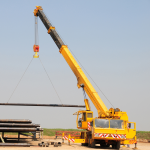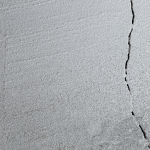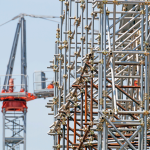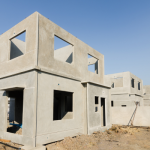What is Concrete Shrinkage?
Concrete shrinkage refers to the reduction in volume of concrete as it dries and hardens. This phenomenon occurs mainly due to the loss of water from the concrete mix. In India, with high temperatures, varying humidity levels, and long dry seasons in many regions, shrinkage is often more pronounced — especially in poorly cured or over-watered mixes.
Types of Concrete Shrinkage
There are several types of concrete shrinkage relevant to Indian construction projects:
- Plastic Shrinkage
Occurs within the first few hours after pouring when water rapidly evaporates from the surface. Common in hot, dry, and windy conditions — such as in cities like Ahmedabad, Jaipur, and Nagpur. - Drying Shrinkage
Happens after concrete hardens and continues over days or weeks as excess water escapes. Most noticeable in slabs and pavements that aren’t properly jointed or cured. - Thermal Shrinkage
Caused by a temperature drop after concrete sets, especially where there’s a large variation between day and night temperatures — common in northern India during winter.
Why Does Concrete Shrink?
- Excess Water in Mix: More water = more evaporation = more shrinkage.
- Rapid Surface Drying: Heat, low humidity, and wind speed up evaporation.
- Improper Curing: Neglecting curing or stopping it too early leads to surface cracking.
- Dry Subgrade: Dry soil under slabs draws water out quickly, accelerating shrinkage.
- Temperature Differences: Hot reinforcement bars or uneven cooling causes cracking.
How to Prevent Concrete Shrinkage in Indian Conditions
Here are practical and effective ways to control shrinkage during concrete construction:
- Use Optimal Water-Cement Ratio
Don’t overuse water. Stick to a low w/c ratio and use plasticizers or admixtures to improve workability instead of extra water. - Proper Curing Methods
In India, curing should start immediately after finishing. Use methods like ponding, wet burlap, or curing compounds — especially in hot states like Rajasthan or Maharashtra. - Control Joints Placement
Introduce contraction joints at regular intervals (typically every 3 to 4 meters) to guide cracks in a controlled, aesthetic pattern. - Surface Protection
Use moisture-retaining covers like polythene sheets or curing blankets to reduce surface water loss. - Prepare Subgrade Properly
Moistening the soil before pouring concrete helps prevent sudden moisture absorption from the slab. - Cool Rebar & Equipment
In summer, avoid pouring during peak heat. Shade or cool reinforcement bars to reduce thermal gradients.
Concrete shrinkage is inevitable — but not unmanageable. With proper planning, mix control, and environmental precautions, Indian builders and civil engineers can minimize cracking and improve the long-term durability of concrete structures.








